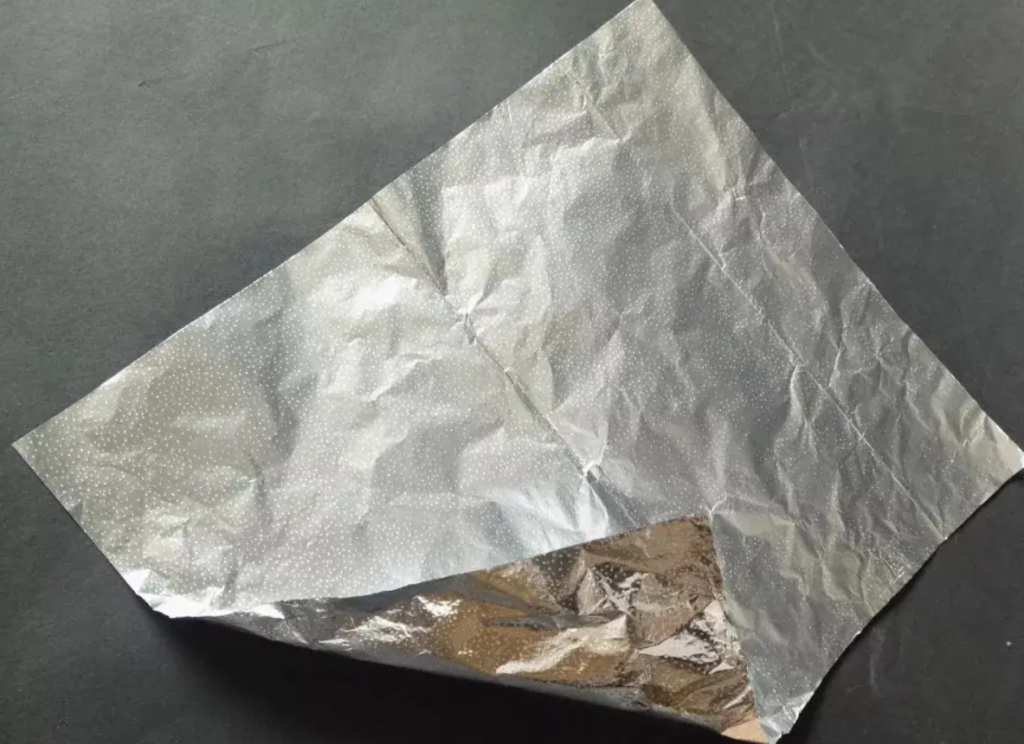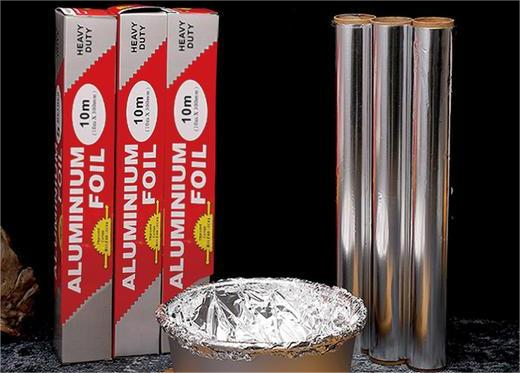Introduction
In the realm of culinary and household essentials, one item has stood the test of time: foil. Whether it’s wrapping leftovers, lining baking trays, or shielding food during grilling, foil plays a crucial role in modern kitchens. However, the foil we know today as aluminum foil has a fascinating history that traces back to a time when tin held sway. Let’s delve into the evolution of foil, from its humble beginnings as tin foil to its ubiquitous presence as aluminum foil.
The Era of Tin Foil
Tin foil, once a staple in households and industries alike, was the go-to material for wrapping and preserving food. Its malleability and ability to form a tight seal made it indispensable in kitchens around the world. However, as time progressed, concerns arose regarding the safety of tin foil for food storage and preparation. Tin’s tendency to react with acidic foods raised alarms about potential health risks, prompting a shift towards safer alternatives.

The Rise of Aluminum Foil
Enter aluminum foil – a lightweight, durable, and heat-resistant alternative to its tin predecessor. Developed in the early 20th century, aluminum foil quickly gained traction for its superior properties. Its resistance to corrosion and high heat made it ideal for a wide range of culinary applications, from roasting meats to baking delicate pastries. Moreover, aluminum foil’s non-reactive nature ensured that it posed no health hazards, providing reassurance to consumers and chefs alike.
Versatility and Innovation
As aluminum foil became the go-to choice for wrapping and cooking, its versatility sparked innovations in food packaging and preparation. From pre-cut sheets for convenience to specialized foil for grilling and barbecuing, manufacturers continually found new ways to harness the potential of aluminum foil. Moreover, advancements in foil manufacturing led to thinner, stronger, and more eco-friendly options, reducing waste and environmental impact.

A Sustainable Future
In recent years, sustainability has emerged as a key focus in the production and use of aluminum foil. Recycling initiatives and eco-friendly packaging solutions aim to minimize the environmental footprint of foil production and disposal. Additionally, the advent of biodegradable alternatives offers promising avenues for reducing reliance on traditional foil while preserving its functionality.
Conclusion
From its humble origins as tin foil to its widespread adoption as aluminum foil, this versatile material has undergone a remarkable evolution. Today, aluminum foil stands as a testament to innovation, adaptability, and sustainability in the culinary world. As we continue to explore new horizons in food packaging and preparation, aluminum foil remains a steadfast companion, ensuring that our culinary creations are wrapped, cooked, and preserved with care.


